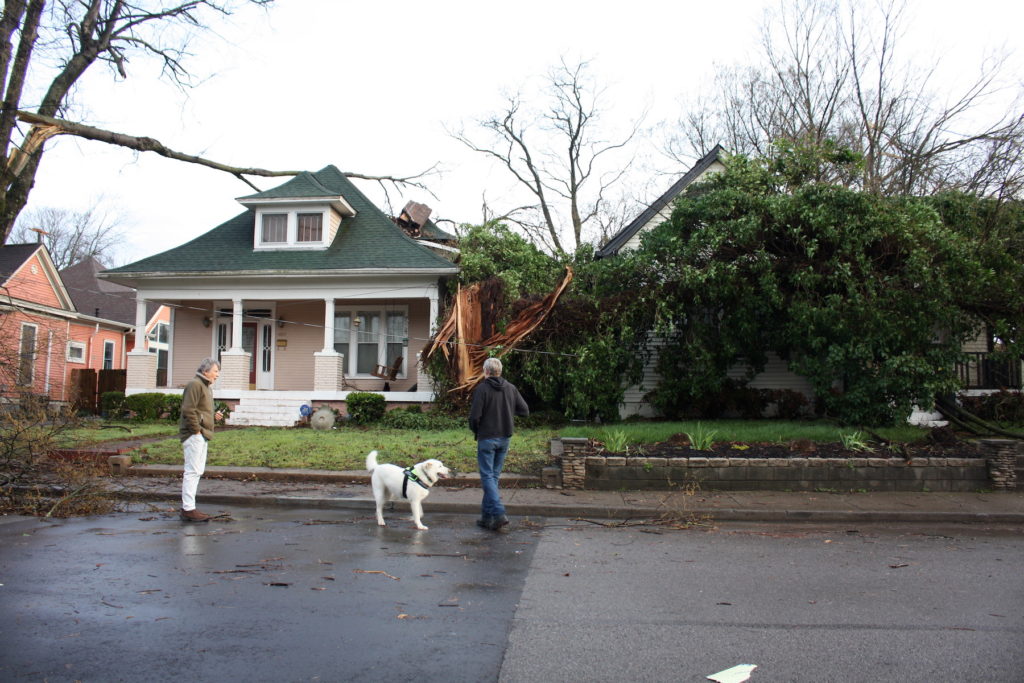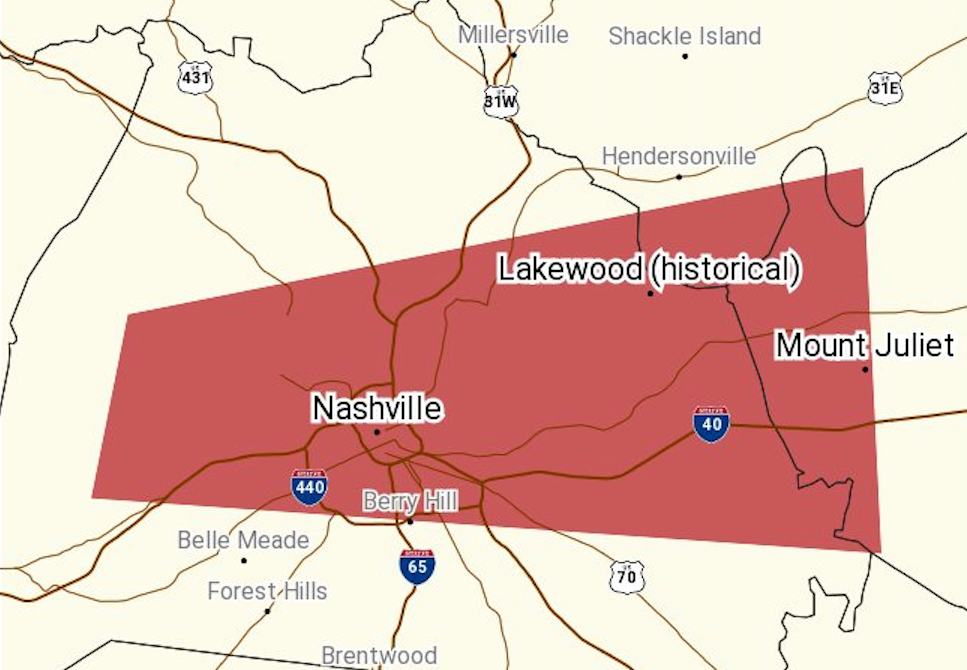
The severe storms that struck early Tuesday caught many people off guard. But initial indications from officials are that emergency alert systems functioned as designed.
One problem is that many cellphone users had turned their alerts off.
Authorities use a few different technologies to send warnings, but they all begin with information sent by the National Weather Service. Cellphones receive “Wireless Emergency Alerts,” or WEA, which depend on people having the right settings said Mike Murrell, engineer for the Tennessee Association of Broadcasters.
“If you have do-not-disturb on, that may defeat the purpose,” he said.
Murrell notes that people have grumbled about the frequency in the past.
“A lot of people turned them off some years ago or awhile back, stating that, ‘Well, I got too many of them,’ ” he said. “We’ve resolved a lot of those issues where there was a lot of alerts going out over that system.”
Phone alerts have the benefit of geographical targeting, which is guided by what’s known as the “polygon system.” Weather service meteorologists quickly draw zones that phone companies then use to push alerts. Here’s what was drawn for the first Nashville tornado warning early Tuesday:
 Twitter National Weather Service
Twitter National Weather ServiceThis image, from the National Weather Service, shows the polygon-shaped area that applied to Nashville’s initial tornado warning early Tuesday.
A different network, the Emergency Alert System, or EAS, is what deploys alerts to TV and radio stations and weather radios. It still begins with the weather service.
These warnings interrupted broadcasts on TV and radio stations.
“As far as radio and TV stations go, everything worked as planed,” Murrell said. “Nobody was looking out for bad storms. But when they happened, the system worked as designed.”
In Nashville, emergency managers say they hope for at least a few minutes of notice — and that they got it.
“It did its job,” said Nashville Fire Chief William Swann. “We’re very happy with that. We had no indications of any sirens that did not work.”
The problem with sirens — many people tune those out as well.
The fix is coming, Swann said, when Nashville moves to the polygon system for its storm sirens, so they can be geographically targeted. That change has been sought for several years, and ranked as the Metro Council’s No. 1 capital project last year.

